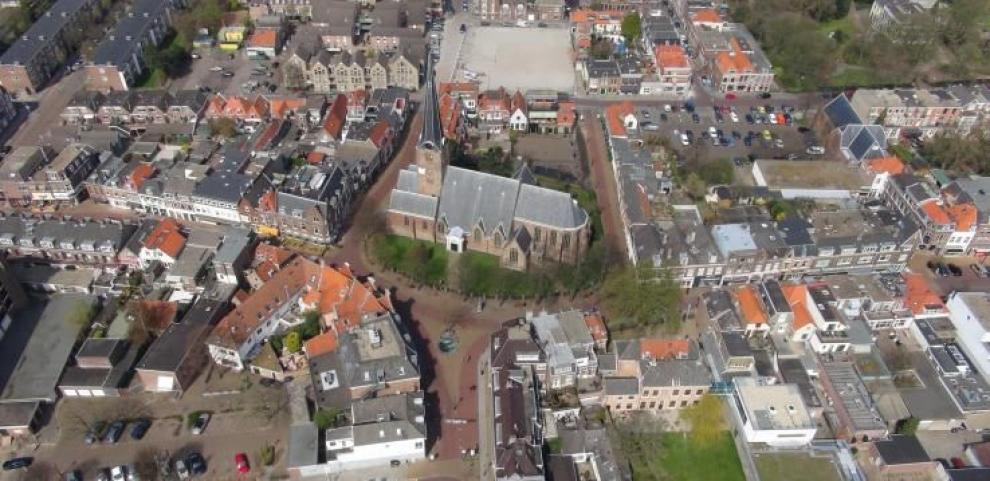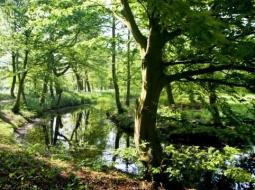Thessaloniki gets ready for its metro launch in November
The underground rapid transit lines have been under construction for almost two decades due to various project delays
 TheMayor.EU logo
TheMayor.EU logo 
The first 'Rijswijkers' settled around 3800 BC in the area where now the Ypenburg district of The Hague is located. They went to live on a beach wall, an elongated strip of sand deposited by the sea. On this old beach wall they were safe from the water, which flooded the lower clay.
After centuries of growth towards the north, Emperor Claudius decided in 47 AD that the Roman Empire was big enough. He ordered his commander-in-chief Corbulo to ensure that the Rhine act as a border.
The system of his fortresses included Katwijk, Valkenburg, Leiden, Zwammerdam and Alphen, among others. Municipium Aelium Cananefatum, today's Arendsburgh Park in Voorburg became the capital of the area in which the Cananefates lived, a Germanic tribe.
When Emperor Hadrian came in in the 2nd century AD, he gave Municipium Aelium Cananefatum market rights. Since then, that city was also known as Forum Hadriani. Forum Hadriani grew into one of the most important cities in the Netherlands.
With the departure of the Romans, a turbulent period started in the area around Rijswijk. The Franks conducted raids and many inhabitants sought for a safer place.
Between 1150 and 1200, the construction of a modest Romanesque church dedicated to Saint Boniface began which seems to be the start of a real village on the old beach wall. After the church was finished, more and more houses were added in the Herenstraat - Ruysdaelplein - Kerklaan area.
Thanks to its favourable location near the cities of The Hague, Delft and Leiden, Rijswijk grew into a traffic junction in the later Middle Ages. Around 1150 the Vliet canal was dug between Rijswijk and Delft.
Because the roads were bad, the new water route turned out to be very popular. One of the additional advantages was that food could easily be supplied. In 1345 the canal was connected to The Hague via the Trekvliet. This allowed trade to expand even further.
In the early years of the Eighty Years' War (1468 - 1648), Rijswijk endured a lot. Later, during its Golden Age, more and more rich people from Delft, The Hague and Rotterdam came to live in the green, expansive Rijswijk. They had beautiful country houses built there.
In the 18 century things went downhill in the Dutch Republic. Trade collapsed and the country went to war with England for the fourth time.
Source: Municipality of Rijswijk
Rijswijk is a municipality in the Netherlands in the province of South Holland. It has a population of 53,598 inhabitants (as of January 31, 2019).
Employment has declined in the past 10 years with -17%. An important reason for this development is the departure of large employers such as UWV, IND and ANP.
Business services in Rijswijk are strongly represented and account for 40% of employment. Large companies (> 200) provide the largest share (33%) of the jobs.
Among the economic advantages of the municipality are the convenient location near the G4 cities, Rotterdam and the Hague Airports and main ports like Schiphol and Rotterdam.

Rijswijk is a green city. Plenty of public gardens, community parks and regional park areas ensure that the city looks attractive.
In Museum Rijswijk you will learn everything about the history of Rijswijk. In addition, the municipality has 56 national monuments such as the Oude Kerk and Bonifatiuskerk, and 48 municipal monuments, such as the Society Amicitia and the city farm Paulineburch.